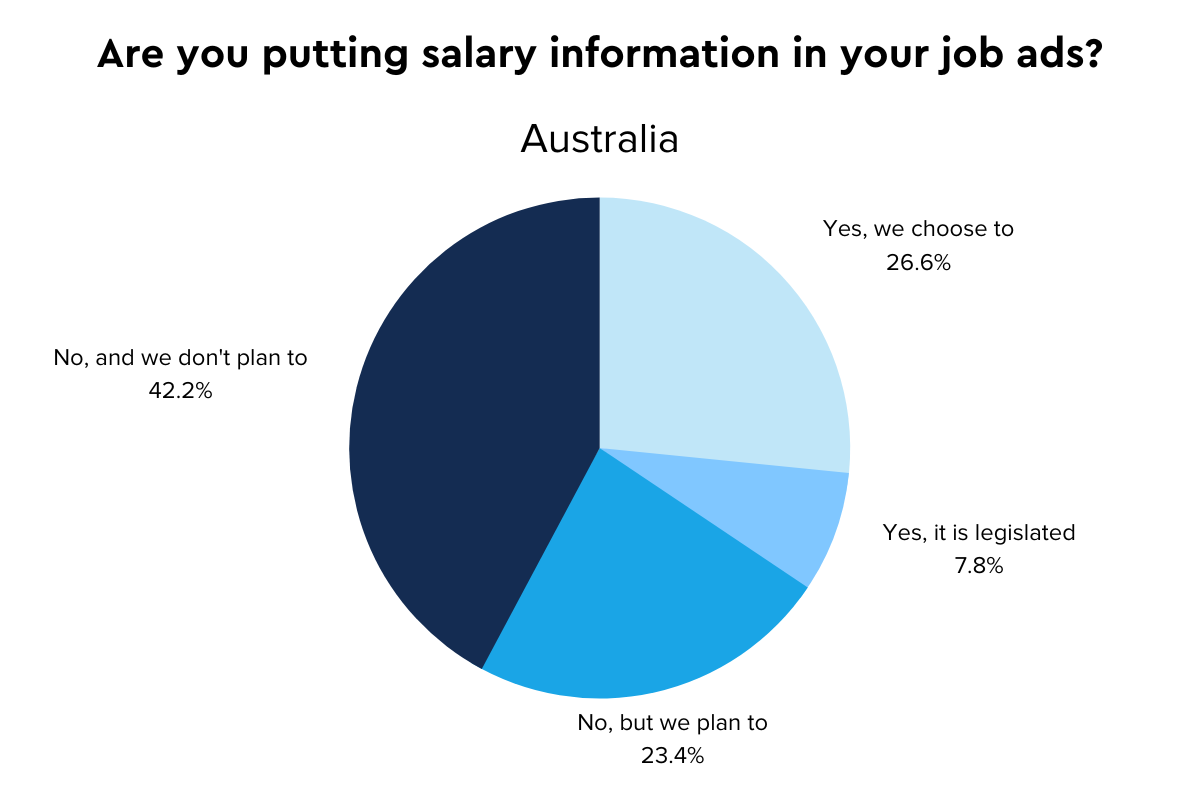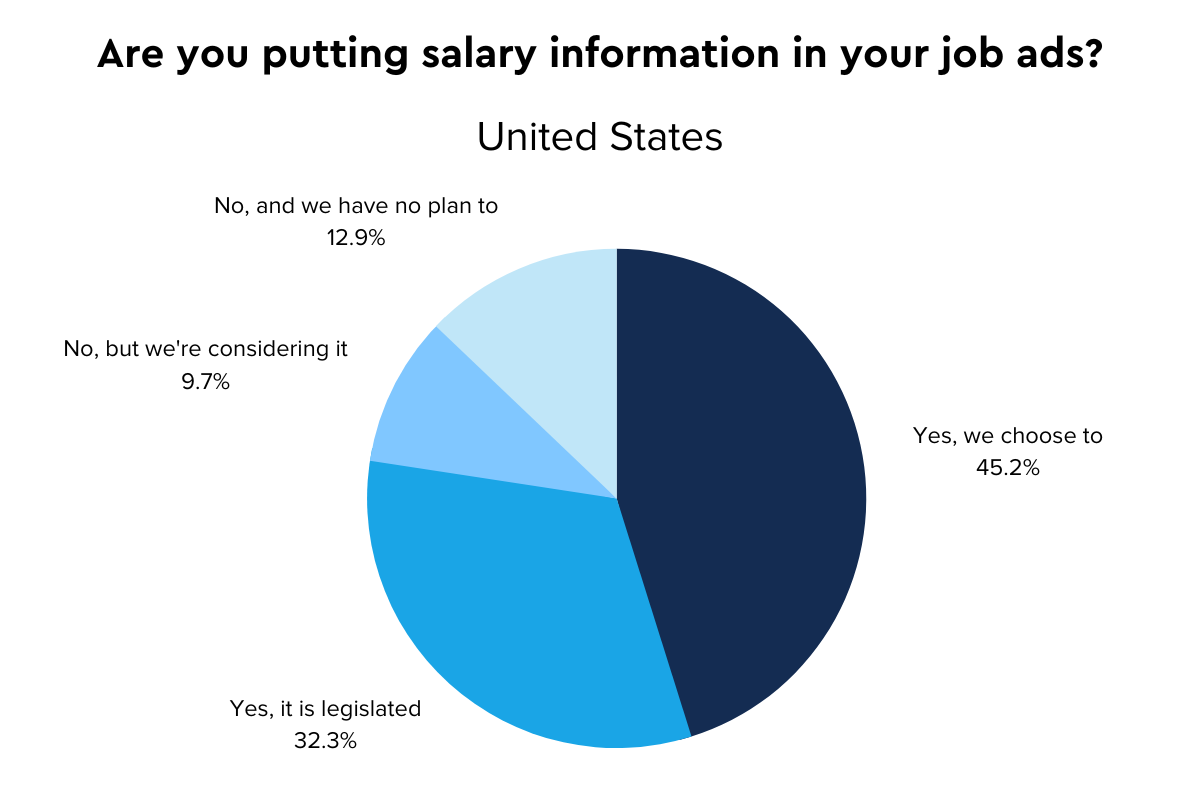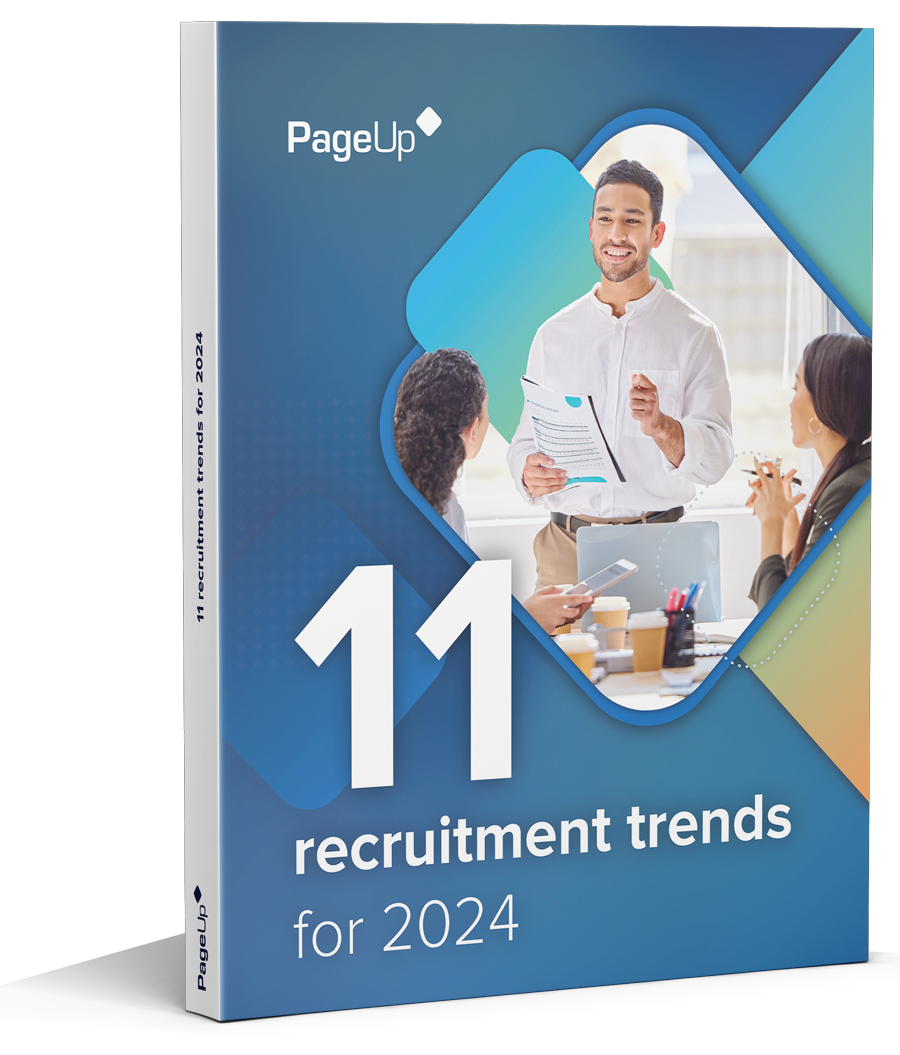The hiring process is a critical aspect of any organisationorganization‘s success. In today’s competitive market, a stand-out candidate experience is make or break —jobseekers are increasingly discerning. 49% of candidates have rejected an offer because of a perceived negative hiring experience. Today, it’s not enough for employers to just have a job available. Throughout the hiring process, you need to show applicants why they should choose your company, and leave a lasting, positive impression.
This focus on candidate experience isn’t new: post-pandemic, we’re still seeing a large gap between the number of jobs posted, and the number of applications submitted. This has led many companies to increase emphasis on candidate experience —but without the right data, it’s easy to miss the mark.
Employers need to critically analyse their hiring processes. Our latest research has compiled feedback from over 185,000 candidates —here’s a snapshot of what they had to say:
Finding 1: Today’s jobseekers browse your careerscareer site for information
Our research showed that 80% of candidates feel it is important to validate that a job is worth pursuing prior to applying. But only 36% felt they had access to the information they needed to do this. By bridging this gap, talent teams can encourage more applications. And, by providing more information prior to the application stage, unsuitable candidates are more likely to self-select out — leading to higher applicant quality.
64% of candidates start their research on the careerscareer site, making it an invaluable asset in your talent strategy. It’s the perfect place to introduce candidates to your employer brand, showcase why they should work at your company —and kick-start their candidate experience. Our research showed that candidates want to see information on 5 key areas:
- OrganisationalOrganizational mission and values
- DEI, social, environment, well-being and purpose-based work
- Flexible work arrangements and work/life balance
- Rewards and benefits
- Development, future career opportunities and internal mobility
But, today’s candidates are discerning —it’s not enough to put up a list of company values and call it a day. More frequently, companies are using the voices of their employees to cut through the corporate jargon and engage jobseekers on a peer-to-peer level. Different forms of employee-generated content including videos, blog articles, live chats and discussion forums are highly effective ways to engage jobseekers on your careerscareer site and have been shown to increase engagement on the careerscareer site by 200%.
Related reading: Build your employer branding strategy with authentic content
Finding 2: To drive applications, companies need to make it easy to find roles
Once a candidate is hooked and browsing your careerscareer site, the trick is to make their journey from interest to application, a smooth one. When browsing job listings, our research found that jobseekers highly valued the ability to filter or search for roles based on location, skillsets, work type or seniority. Different people want to search for different things, so having a range of search filters is important to promote inclusivity and provide a great experience across cohorts.
- No. 1 search requirement for males was “Essential Requirements”.
- No. 1 search requirement for females was “Job level”.
When companies get it wrong:
“The relevant roles on the careerscareer site were not easy to find and there were several roles irrelevant to my search. The job filter was not accurate and there were a lot of jobs limited by the filter search, making it harder to find a suitable role.”
When companies get it right:
“Honestly, one of the most streamlined and easy-to-use websites for careers search I’ve used.”
Finding 3: Jobseekers really want to see the salary in the job ad
Jobseekers find it frustrating when companies don’t disclose salary information upfront. Transparently providing salary details in job descriptions helps candidates assess if the position aligns with their expectations, saving both parties time in the recruitment process.
On top of that, jobs that list a salary receive more applications. 78% of candidates say that they won’t apply if there is no salary range listed. While in some countries and US states, listing salaries is legally required, companies in other regions may want to consider proactively listing a salary range as a way to improve their candidate experience.
We asked talent professionals where their organisationorganization sits on the great debate and the results show that there’s still work to be done to bridge this gap. Companies that are willing and able to disclose salary bands in their job descriptions will have a competitive advantage against those who won’t, further down the line.


Finding 4: Employers asking jobseekers irrelevant questions is a big red flag
There’s nothing worse than being taken off-guard with an unexpectedly intrusive question. In our research, perhaps the strongest impact on candidate experience came from the type, nature and relevance of the questions in the applications themselves.
Candidates disliked being asked questions perceived as intrusive, invasive, confusing or irrelevant —being asked for references before an initial screening, or being asked to provide identifying documents without a clear privacy policy on display. On the flip side, jobseekers reported positive feedback on questions perceived as straightforward, relevant or pertinent.
What does this mean in practice? Employers should focus on simple and meaningful questions that assess a candidate’s skills and suitability for the role —and avoid questions that aren’t necessary for making a hiring decision.
Question types with the biggest impact:
- No. 1 impact for males: if the questions were perceived as straightforward —positive
- No. 1 impact for females: if the questions were perceived as intrusive —negative
When organisationsorganizations get it right:
“This was the MOST user-friendly application that I have completed in years. The application asked for relevant and pertinent information.”
When organisationsorganizations get it wrong:
“I found the several questions about my gender and relationship status both dated, intrusive, and utterly unnecessary!”
Finding 5: Applicants want to feel like employers value their time
Cumbersome and time-consuming application processes can discourage qualified candidates from pursuing opportunities —19% of applicants are lost during the application stage. Simplifying and streamlining the application process by eliminating unnecessary steps or leveraging technology can enhance the candidate experience.
The biggest concerns raised by jobseekers during the application stage included:
- Lack of (or poorly performing) auto-fill on the application form
- Non-mobile-friendly applications
- Application forms that didn’t meet accessibility standards
Evaluate your application form —are you asking candidates to submit a resume and then requesting they fill out the exact same information? Are there repetitive or redundant questions? Does your pre-fill work accurately? Try submitting an application yourself across multiple device types and take note of any steps that stand out: if you’re frustrated, jobseekers would be too.
What are the biggest traps hiring teams fall into?
Our research provided insight into what jobseekers are thinking and feeling throughout the hiring process. But, it also revealed a few common pitfalls that hiring teams fall into —which hinder the effectiveness of the hiring process:
Pitfall 1: Using vague job titles or descriptions
Too often, we see job ads posted with vague titles and even vaguer job descriptions. To boost your application rate, ensure job titles and job descriptions are clear and align to the role. Avoid using ‘on trend’ titles, and opt for industry-recognisedrecognized job titles —while “Chief Vibes Officer” may be catchy, will jobseekers know what to search for?
Pitfall 2: Relying on corporate jargon and ‘polished’ content
We know that today’s jobseekers don’t trust corporate spin. It’s important to find ways to engage jobseekers with rich content —such as employee stories, live chats and discussions. This helps answer jobseeker questions while building credibility and showcasing an authentic employer brand.
Pitfall 3: Not using job alerts or talent communities
52% of company careerscareer sites don’t have job alert functionality. But, job alerts and talent communities are key tactics to help build your talent pipelines, speed up your hiring, and reduce friction in the candidate experience. Make sure your careerscareer site includes calls-to-action to capture interest, and job alerts to prompt jobseekers when new roles go live.
Final thoughts
The best candidates always have options. Secure the best hires with a stand-out candidate experience every time. Want to dive deeper into the thoughts and experiences of today’s candidates? Get your copy of our report: Candidate Experience: What Matters in 2023? for a detailed analysis of the entire candidate journey, with drill-down data across industries, and actionable insights to help you take your applicant experience to the next level.
Fresh insights for HR
Stay up to date with HR trends, tips and more when you sign up for our industry newsletter





